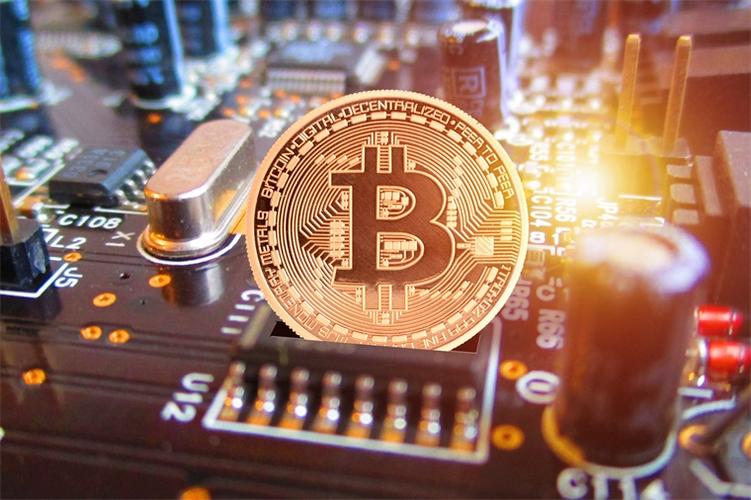Crypto ETH Gas Fees: A Comprehensive Guide
Understanding Ethereum gas fees is crucial for anyone looking to engage with the Ethereum network. Gas fees are the cost associated with executing transactions on the Ethereum blockchain. These fees are paid in Ether (ETH), the native cryptocurrency of the Ethereum network. In this article, we will delve into the various aspects of Ethereum gas fees, including their calculation, factors affecting them, and strategies to manage them effectively.
How are Gas Fees Calculated?
Gas fees are calculated based on two main components: the gas price and the gas limit. The gas price is the amount of Ether you are willing to pay per unit of gas. The gas limit is the maximum amount of gas you are willing to use for a transaction. The total gas fee is the product of these two values.

| Component | Description |
|---|---|
| Gas Price | The amount of Ether you are willing to pay per unit of gas. |
| Gas Limit | The maximum amount of gas you are willing to use for a transaction. |
| Total Gas Fee | The product of the gas price and the gas limit. |
It’s important to note that the gas price is determined by the market and can fluctuate rapidly. The gas limit, on the other hand, is set by the user and should be adjusted based on the complexity and expected execution time of the transaction.
Factors Affecting Gas Fees
Several factors can influence Ethereum gas fees, making them unpredictable at times. Here are some of the key factors:
- Network congestion: When the Ethereum network is busy, gas fees tend to rise. This is because there are more transactions competing for limited network resources.
- Transaction complexity: Transactions that require more computational resources, such as smart contracts, tend to have higher gas fees.
- Block size limit: The Ethereum network has a maximum block size limit, which can lead to congestion and higher gas fees when the limit is approached.
- Network upgrades: Ethereum upgrades, such as the upcoming Ethereum 2.0, can impact gas fees as the network transitions to a proof-of-stake mechanism.
Monitoring these factors can help you make informed decisions about when and how to execute your transactions.
Strategies to Manage Gas Fees
Managing gas fees effectively is essential for minimizing costs and ensuring smooth transactions. Here are some strategies you can consider:

- Monitor gas fees: Keep an eye on the current gas fees on Ethereum block explorers like Etherscan. This will help you determine the best time to execute your transactions.
- Use a gas fee estimator: Tools like Gasnow or EthGasStation can provide you with estimated gas fees based on current network conditions.
- Adjust your gas limit: Set a gas limit that is sufficient for your transaction but not excessively high. This will help prevent overpaying for gas.
- Optimize your transaction: Simplify your transaction as much as possible to reduce its complexity and gas usage.
- Use a wallet with advanced features: Some wallets offer features like gas fee optimization and price tracking, which can help you manage your gas fees more effectively.
By implementing these strategies, you can minimize your gas fees and ensure a smooth experience on the Ethereum network.
Conclusion
Understanding and managing Ethereum gas fees is a crucial aspect of engaging with the Ethereum network. By familiarizing yourself with the factors affecting gas fees and implementing effective strategies, you can minimize costs and ensure a smooth transaction experience. Keep monitoring the network conditions and stay informed about the latest developments in the Ethereum ecosystem to make the most of your Ethereum transactions.
